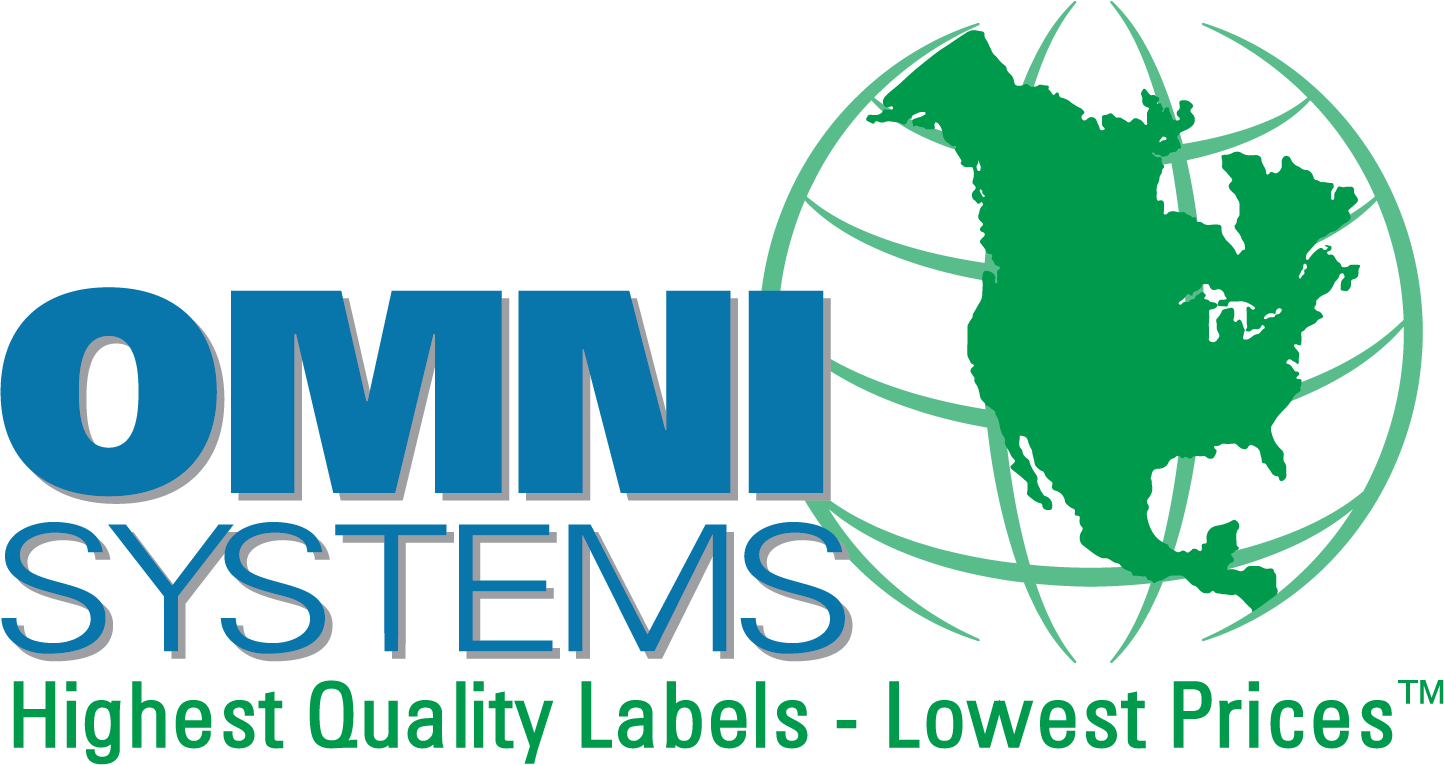
Thermal labels are used in the automotive industry for a wide array of applications throughout the supply chain—and in the widest variety of physical environments. From consumer-geared automotive products that sit on store shelves in branded packaging, to original equipment manufacturer (OEM) engines that are mounted in vehicles, component parts inside vehicles and everything in between, automotive labels provide essential information about use, maintenance and safety, as well as company brand and contact information.
The physical demands on automotive labels are considerable. They must be extremely durable and last upwards of entire product life cycles—in many cases, while being subject to varying weather conditions, pressures and speeds. Additionally, they must have the capability to maintain superb clarity of printed information, including barcodes, QR codes, serial numbers, other small font copy and detailed corporate branding. Some automotive labels even require custom design techniques and materials, including embossing, foil stamping and more.
As if that weren’t enough, automotive parts counterfeiting is a growing problem, so automotive labels must also be adaptable for use with anti-theft tags. (For more information about Sensormatic® anti-theft tags offered by OMNI Systems, read our recent blog.)
Suffice it to say, there are few applications outside of the automotive industry that place such rigorous demands on thermal labels.
For automotive applications, the thermal labels you choose must be of the highest quality—again, they must be tough enough to survive harsh environments (as well as corrosive/damaging automotive and petroleum fluids) while still maintaining optimal print quality over time. Additionally, automotive labeling applications necessitate different types of label stock and an array of adhesives.
In most cases, automotive labels are printed using thermal transfer printing methods and equipment. Thermal transfer printing utilizes heat as the activator to transfer an image on to the label. Heat is generated from a print head that heats up when a label is passed over it, causing the carbon pigment on the ribbon to transfer to the label (in essence “printing” words or an image on the label). While direct thermal printing necessitates print head elements being in direct contact with the label material as it is pulled across the print head, thermal transfer printing utilizes a thermal ribbon which serves as a “buffer” between the print head elements and the label material. Accordingly, on a thermal transfer label, material is applied to paper or some other substrate by melting a coating of ribbon so that it stays glued to the material on which the print is applied. Thermal transfer labels can also be laminated for enhanced durability.
Thermal transfer in general is the preferred method for surfaces that are heat-sensitive, or in cases when exceptional durability is required. It is widely acknowledged as the method of choice for identification labels and barcodes.
Advantages of thermal transfer labels for automotive applications include:
- Exceptional print quality – images, text and 1D and 2D barcodes printed on thermal transfer labels are crisp and clear—essentials for many business applications. They’re also ideal for small characters and line work.
- Durability of the printed image and label longevity – in general, thermal transfer labels last longer than direct thermal labels and are more resistant to abrasion, moisture and ultraviolet light. Likewise, thermal ribbons are designed to withstand exposure to chemicals, solvents and a variety of environments.
- Higher speed printing – thermal transfer labels generally can be printed in less time than direct thermal labels.
- Longer print head life than direct thermal print heads.
- Broad array of paper and synthetic materials available for use.
- Colored ribbons can be used for a variety of uses.
Learn more about thermal transfer labels and ribbons from OMNI Systems.
If you purchase thermal transfer automotive labels for your business, we urge you to consider OMNI Systems. As North America’s leading direct thermal label supplier, OMNI Systems uses only the highest quality raw materials to create the highest quality thermal transfer labels available anywhere—all at prices that will save you 15-40 percent and deliver an overall lower total cost of ownership by reducing print head wear.
A dedicated OMNI Systems account representative can help you choose the right top-coated thermal transfer label for your application. Like all our labels, OMNI’s thermal transfer labels are top-coated, which will extend the life of your print heads and extend your cost savings.
Additionally, we offer a variety of value-added services to help you optimize your label spend in ways you may or may not be aware of. Learn more about OMNI Systems’ best-in-class thermal labeling services.
OMNI Systems is comprised of labeling experts with an unrivaled understanding of the thermal media landscape. We can consult with you on audit and distribution strategies and create a solution to meet any thermal labeling need—be it automotive labels or any other label type. We consult with many of the world’s top brands on their labeling strategies—we’ll apply the same know-how and insights to your business.
We hope this blog helps you understand the ins and outs of thermal transfer automotive labels. We welcome the opportunity to discuss how OMNI’s leadership in price, quality and service can help you save 15-40 percent on your label spend over current costs and make your job easier.
Do you have questions about direct thermal labels, thermal transfer labels, water-activated tape or other labeling needs? Please contact OMNI Systems at 216-377-5160 or email sales@omnisystem.com.





